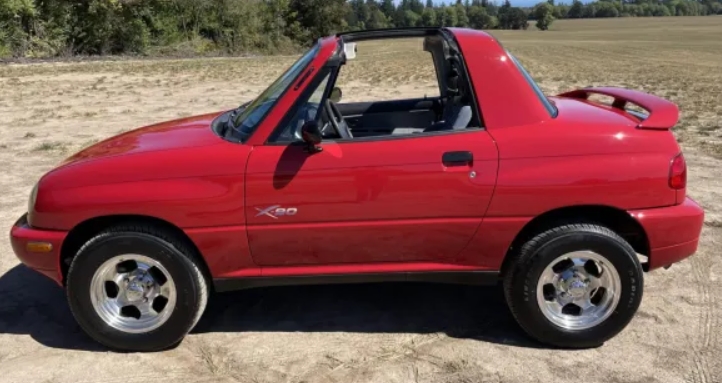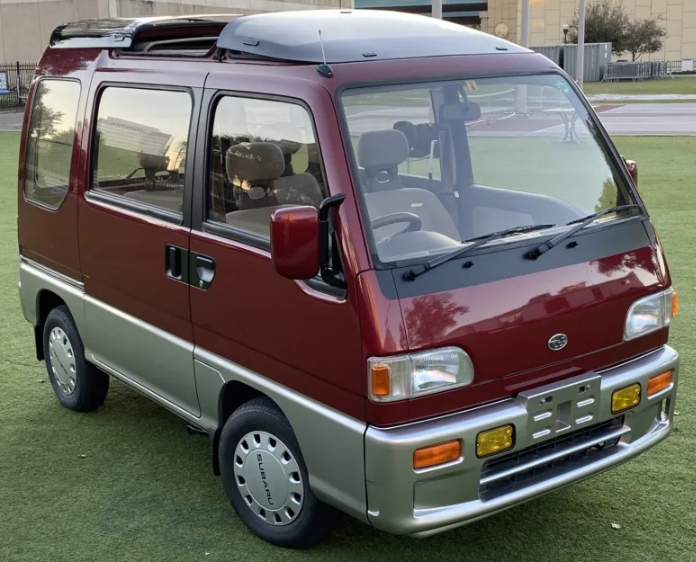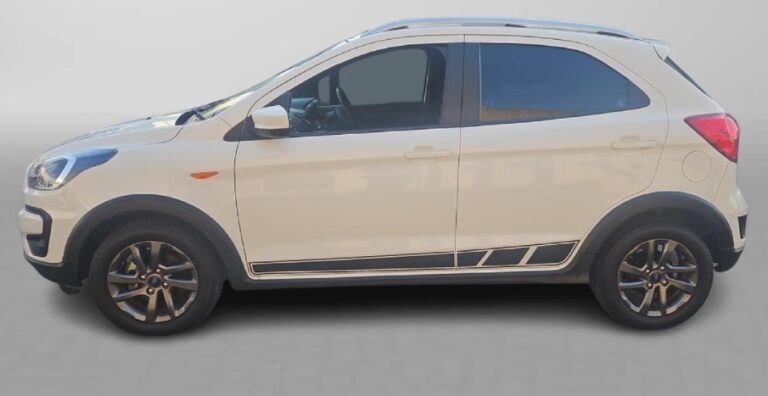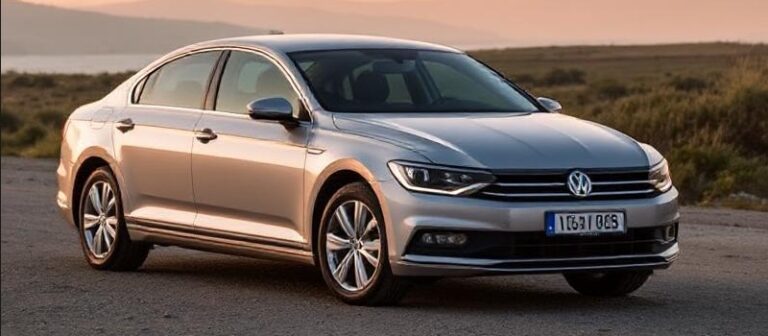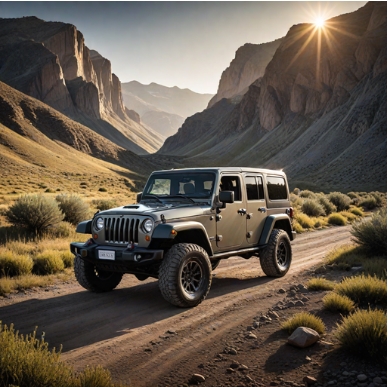The Evolution of the Suzuki X-90: A Comprehensive Overview
The Suzuki X-90 stands as a unique and memorable chapter in the automotive history of the late 20th century. With its distinct design and blend of characteristics from both SUVs and sports cars, it carved out a niche in the market that remains a topic of interest among car enthusiasts. This vehicle’s journey, spanning from its introduction in the mid-1990s to its eventual discontinuation, demonstrates Suzuki’s innovative spirit and willingness to experiment with form and function.
Origins and Design Concept
The Suzuki X-90 was introduced in 1995, primarily designed to appeal to younger, adventurous consumers looking for a compact vehicle that offered both style and versatility. Its design drew from Suzuki’s expertise in producing compact SUVs—most notably, the Suzuki Sidekick—and its history in motorsports, creating a vehicle that was both sporty and utilitarian.
The X-90 was built on the Suzuki Vitara platform, a foundation renowned for its reliability and off-road capabilities. The car featured a unique design that blended elements of a coupe and an SUV, making it stand out in a market filled with more traditional vehicles. The open-air, two-door design offered a sense of freedom and adventure to those who drove it.
.
Are you a member of one of the numerous Vintage Car Clubs out there? There’s lots of benefits of being one. Here’s just 5 important things, amongst the many others.
.
Production Years and Model Variants
The Suzuki X-90 was produced from 1995 until 1998, with various models and trim levels rolled out during its short run. Here is a detailed look at these models:
1995: The Launch of the X-90
The Suzuki X-90 debuted in North America in 1995, primarily offered in one trim level. It was available in both two-wheel drive (2WD) and four-wheel drive (4WD) configurations, catering to a broader audience. Standard features for the base X-90 included:
- A 1.6-liter four-cylinder engine that produced around 95 horsepower, paired with either a five-speed manual or a four-speed automatic transmission.
- Convertible-style removable roof panels that offered a true open-air experience.
- Standard features such as air conditioning, power windows, and a sound system.
The X-90 immediately caught consumers’ attention with its futuristic design, reflecting the bold trends of the 90s.
1996: Minor Changes and Limited Editions
In 1996, the Suzuki X-90 saw minimal changes, but a special “Limited Edition” model was introduced. This model included some additional features, such as:
- Upgraded materials for the interior upholstery.
- Enhanced audio systems with more speakers for an improved sound experience.
- A distinctive body color and unique wheel designs that set it apart from the standard version.
Despite its sporty and adventurous appeal, the X-90 struggled to find a substantial market share and grappled with certain criticisms about its size and practicality.
1997: A Focus on Performance
By 1997, Suzuki introduced some performance upgrades to the X-90. These modifications emphasized its sporty nature, including:
- A sport-tuned suspension to enhance handling capabilities on both paved roads and off-road terrains.
- The introduction of an optional four-wheel-drive system with a low range, making the vehicle more capable in off-road conditions.
The 1997 model retained all the features of the previous years, and the tweaked performance enhanced its allure among outdoor and adventure enthusiasts. However, the overall impression remained that the X-90 was ideally suited for urban driving rather than rugged off-road scenarios.
1998: The Final Year
The final production year for the Suzuki X-90 was 1998. This year saw few changes, as the model was largely left unchanged from the previous years. The X-90 was offered only as a base model, with limited options. However, by this time, the market for sporty compact SUVs was shifting, and consumer preferences were evolving.
Suzuki ultimately phased out the X-90 due to declining sales and shifting interest towards more traditional SUV designs. A lack of competitors that offered similar vehicles also contributed to the model’s discontinuation.
Popularity and Legacy
While the Suzuki X-90 was never a massive commercial success, it achieved a cult following among automotive enthusiasts who appreciated its unique styling and adventurous spirit. The vehicle’s unconventional looks and blend of capabilities made it a noteworthy model in Suzuki’s lineup.
Today, the X-90 is often remembered as an oddity, a vehicle that epitomized the experimental designs of the 1990s. As SUVs have taken over the automotive market, the X-90 stands as a symbol of a bygone era when compact vehicles were just starting to blur the lines between different automotive categories.
Technical Specifications and Features
Across its production years, the Suzuki X-90 maintained a consistent set of core features. Here is a summary of the technical specifications that defined the X-90 throughout its production run:
- Engine: 1.6-liter 4-cylinder engine
- Horsepower: Approximately 95 hp
- Transmission Options: 5-speed manual or 4-speed automatic
- Drive Options: 2WD and 4WD configurations
- Dimensions: Compact size, suitable for urban settings
- Seating: Two-passenger configuration with no rear seats, emphasizing its sporty and open nature.
Standard Features at Launch:
- Removable hardtop roof panels
- Air conditioning and power windows
- Basic sound system
- Alloy wheels and distinctive body styling
Conclusion
The evolution of the Suzuki X-90 demonstrates an era of daring design and automotive experimentation. Although its production was brief, it made a mark in the automotive landscape, showcasing Suzuki’s innovative spirit and its willingness to challenge conventional vehicle design norms.
As the automotive industry continues to evolve, vehicles like the X-90 remain significant reminders of the innovative thinking that has propelled the industry forward. For collectors and enthusiasts alike, the Suzuki X-90 is not just a vehicle; it is a piece of automotive history that continues to capture the imagination of those who appreciate unique and bold designs. Looking back, the X-90 stands as an iconic representation of a time when the lines between different vehicle classifications were beginning to blur, paving the way for the diverse automotive landscapes we navigate today.
